After lots of experience using the extensive rail and subway system in the largest city in the world, we headed out into the countryside on a bullet train. (Click on this panoramic image to enlarge it and you will find Leslie and Tenn on the far right side.)

Four hours later, we arrived in the small city of Takayama, some 250 miles from Tokyo. The first part of the trip was on a ‘regular’ train and then we boarded the bullet train which clipped along at 180 miles/hr at times. A taxi took us up on a hill at the edge of the oldest section of this small city where we had an experience typical of the upper class in ancient times. This ‘ryokan’ (traditional Japanese inn) was simply lovely both in its architecture and in the personal attention of the staff. We enjoyed a simple suite of rooms with a Japanese bath on a private porch overlooking the city.
Ryokans are the oldest hotels in the world, with the earliest one created in 705. The Japanese keep good records! We all found staying in one very special because it is so different from staying in an American hotel. We were waited on hand and foot and were nurtured by the elegant and simple designs featuring beautiful woods, Japanese ink paintings and woven tatami mats which require walking in special slippers, as do the bathrooms.

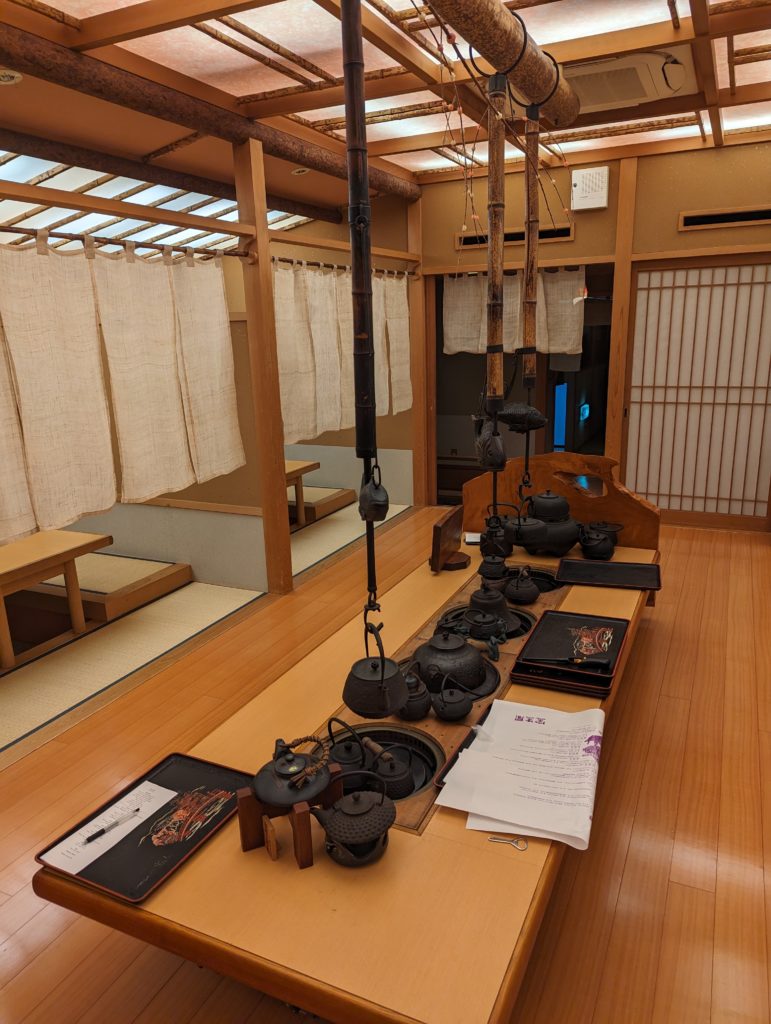


We also had a private dining room with 10 course small meals served by vivacious Nao Kirisaua who instructed us, with a charming smile, on proper etiquette such as which slippers to wear and how to wrap our traditional clothing which we `wore throughout the ryokan.
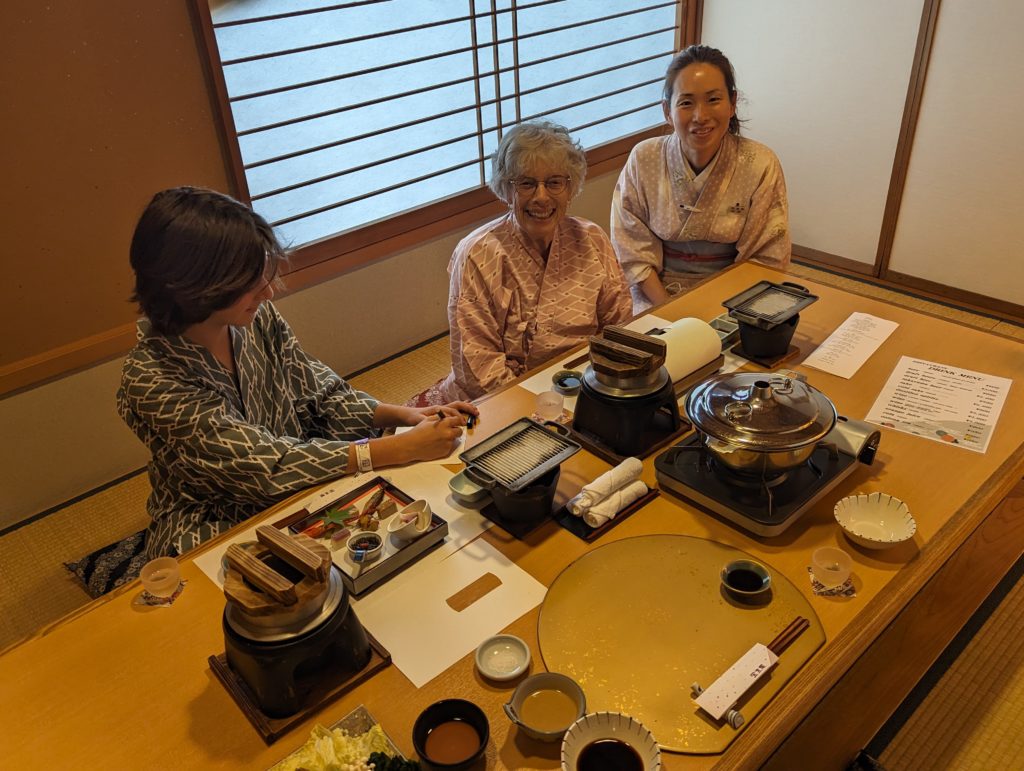

The old part of Takayama, down the hill from our ryokan, was filled with little streets and temples and ruins and shops and vendors selling all manner of things along the Migu-gawa River that meanders through town.
The next morning we took a day trip using our Japan Rail Pass to go some 15 km up the valley to bike ride in Furukawa. We had a quick lunch of rice and the famous Hida beef of the area before cycling outside town to bike through patterned rice fields. Our knowledgeable guide, Dong Ju Kang, provided a refreshing break with deliciously cool mountain spring water. It was heated to provide tea to accompany delicate wafer-like cookies as we sat in a gazebo next to the cool mountain spring.
On returning to our traditional Hoshoukaku Ryokan by taxi, we suddenly encountered closed roads. After our driver took several shortcuts, we got almost to our guesthouse entrance when we saw a fire engine at our lodging with a hose running inside. It turned out that there had been a fire just down the hall from our room on the fifth floor while we were biking. The terrific staff had brought down almost all our stuff before smoke damage set in. A few bits were missing and Nau and a fireman took Leslie up past the five other firemen carrying their boots as they walked on the tatami mats. They adjusted their hoses for a quick visit to our smoky room for these last items. The ryokan staff then kindly settled us into very fancy rooms in nearby big hotel. This was fine, but not how we usually travel; Takayama Green Hotel did not have the charm of the more traditional ryokan, but we were grateful for our alternative lodging.
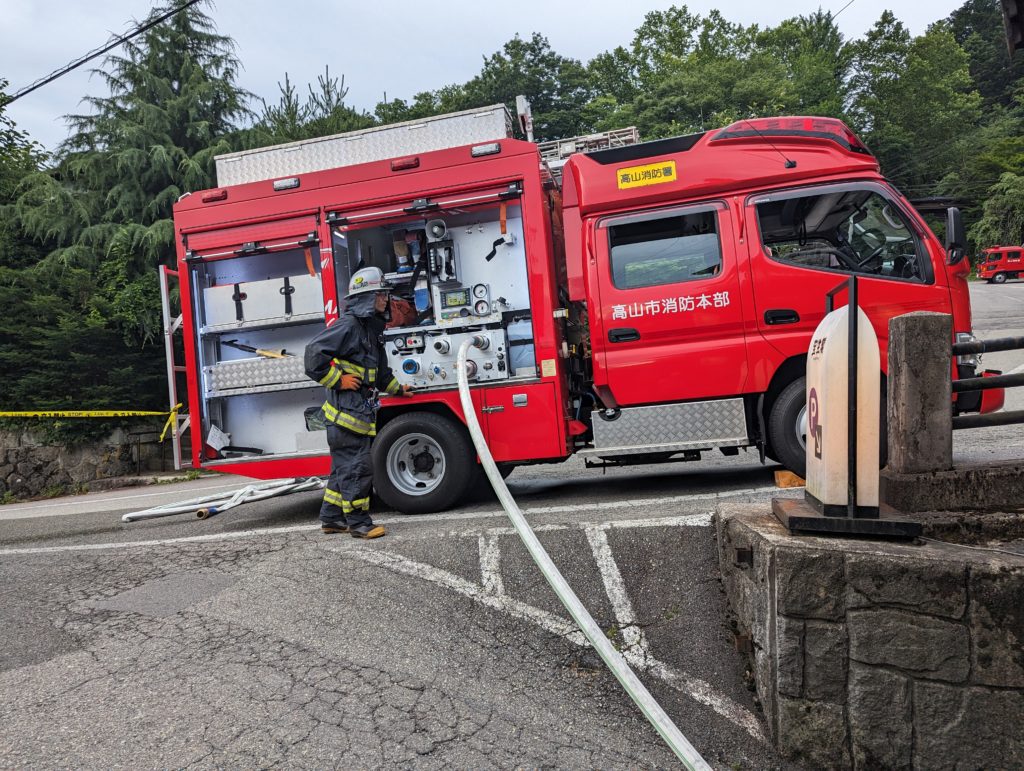
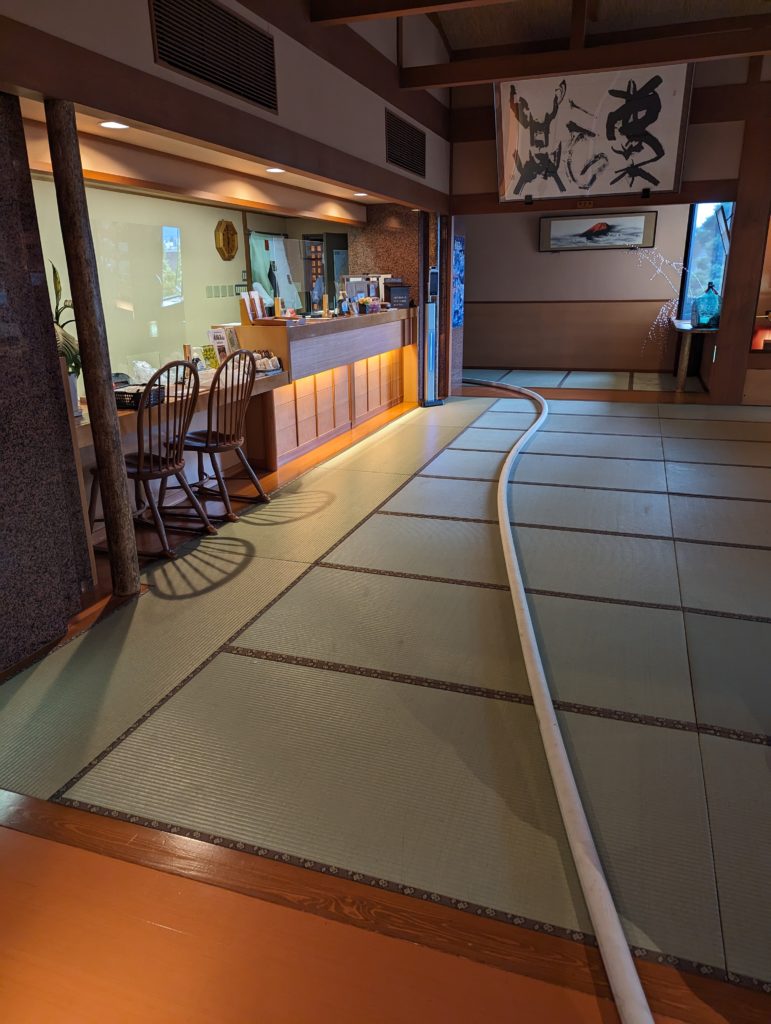
Tenn was particularly impressed with the beauty of Ainokura, a UNESCO World Heritage Site. He loved the mountain scenery and the village’s quaint farmhouses with thatched roofs. We stopped at the folk museum and Yuki introduced Tenn to the traditional wooden musical instrument called the binzasara. It was impressive that Tenn picked up the playing technique so quickly.
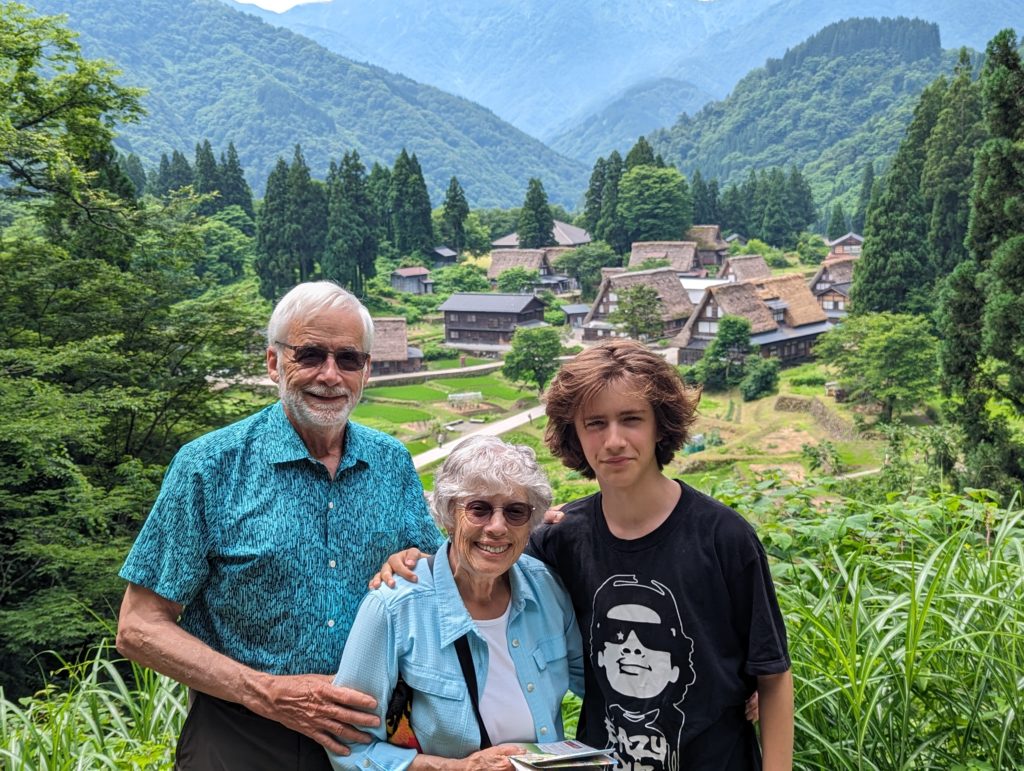
On our last day in the Japanese Alps, our guide for the day, Yukinori, brought us 80 km north, almost to the north coast of Japan, to the Inami woodcarving town to check out traditional rural life in the Toyama Prefecture. The drive here was through rugged mountains transiting many, many tunnels, two of which were longer than 10 km! We meandered along the quiet stone-paved main street of town to check out various workshops with woodworkers carving complicated sculptures. We then visited the historical Zuisenji Temple, with monks chanting before a golden alter in the huge wooden temple, thought to be the birthplace of Inami woodcarving. Our day then concluded with our outgoing guide taking us to a woodcarving workshop where we each chiseled and carved a wooden sake cup. We ended the lesson by using our cups to sample some sips of the fermented rice wine (a first for Tenn!).




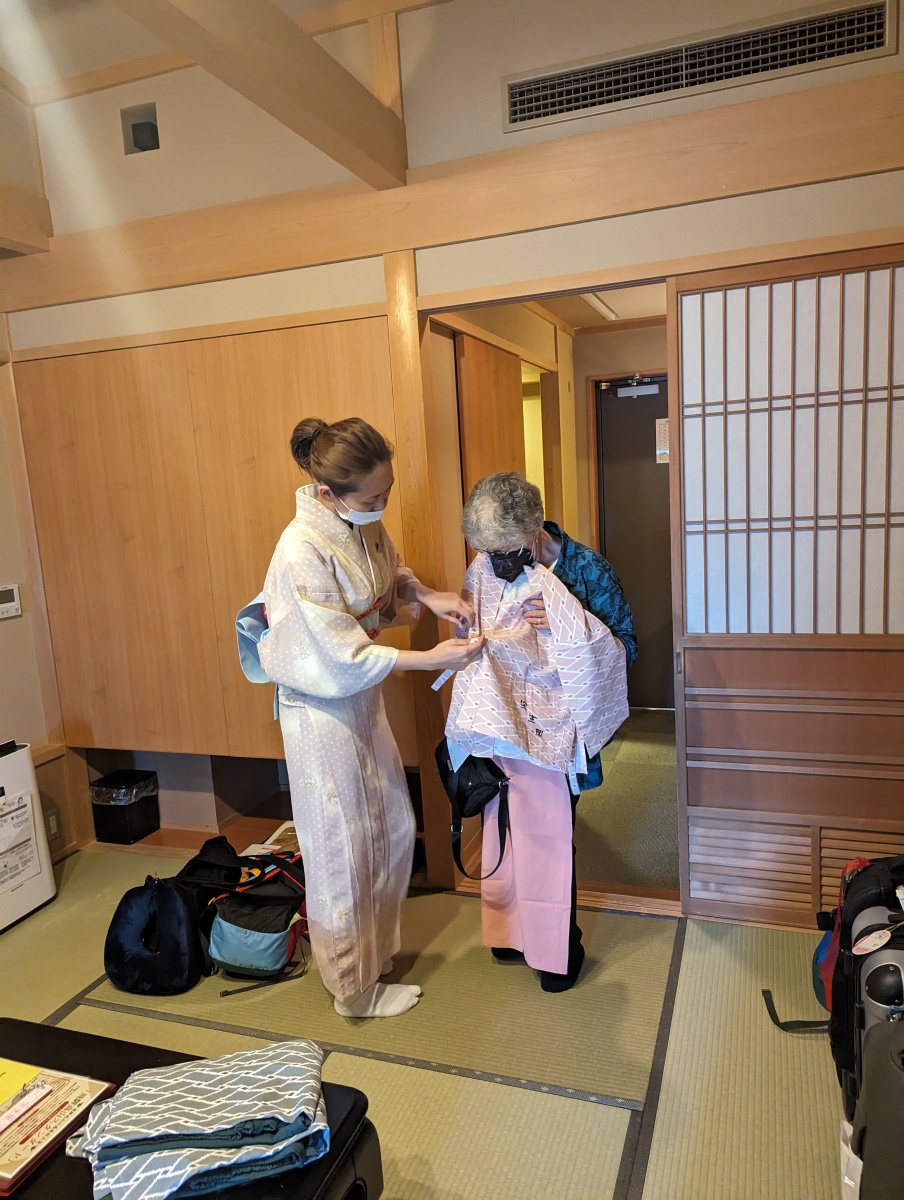



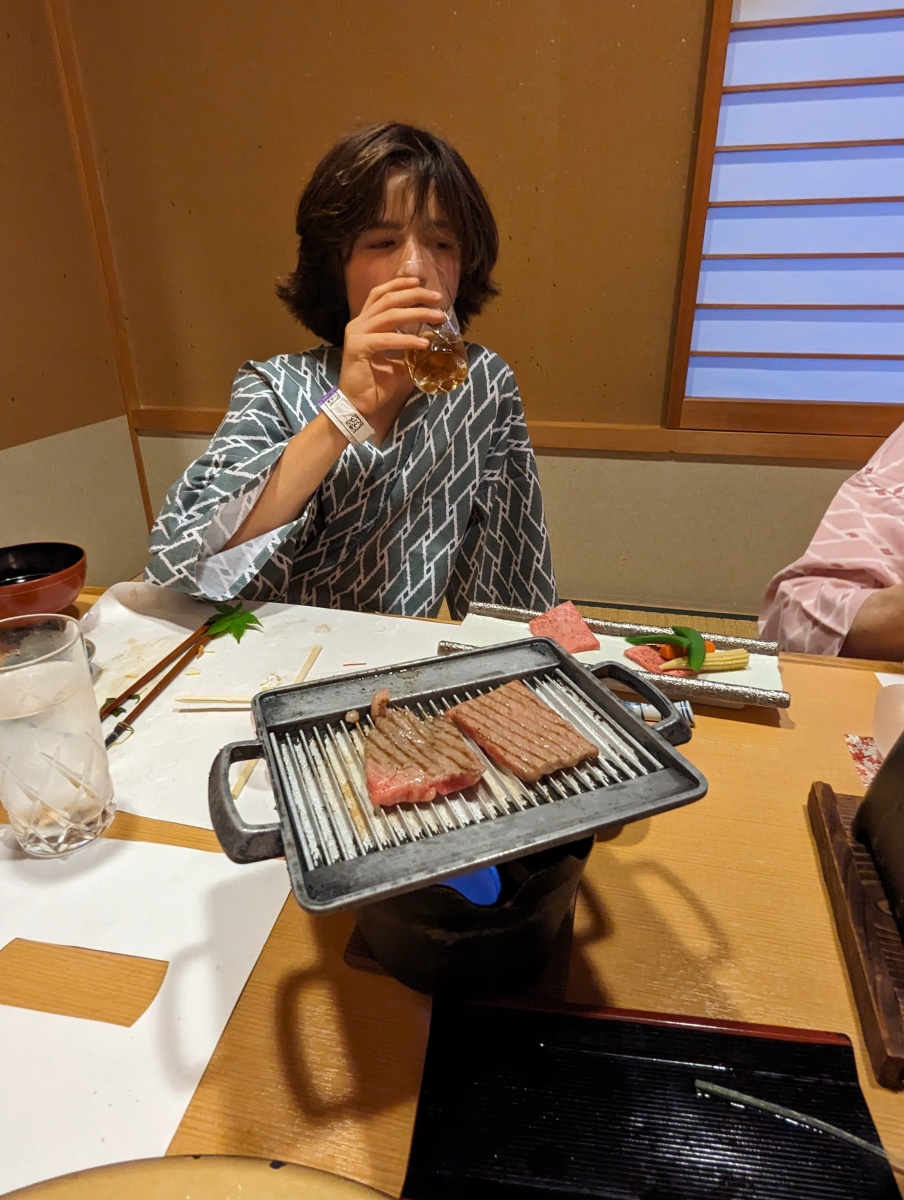


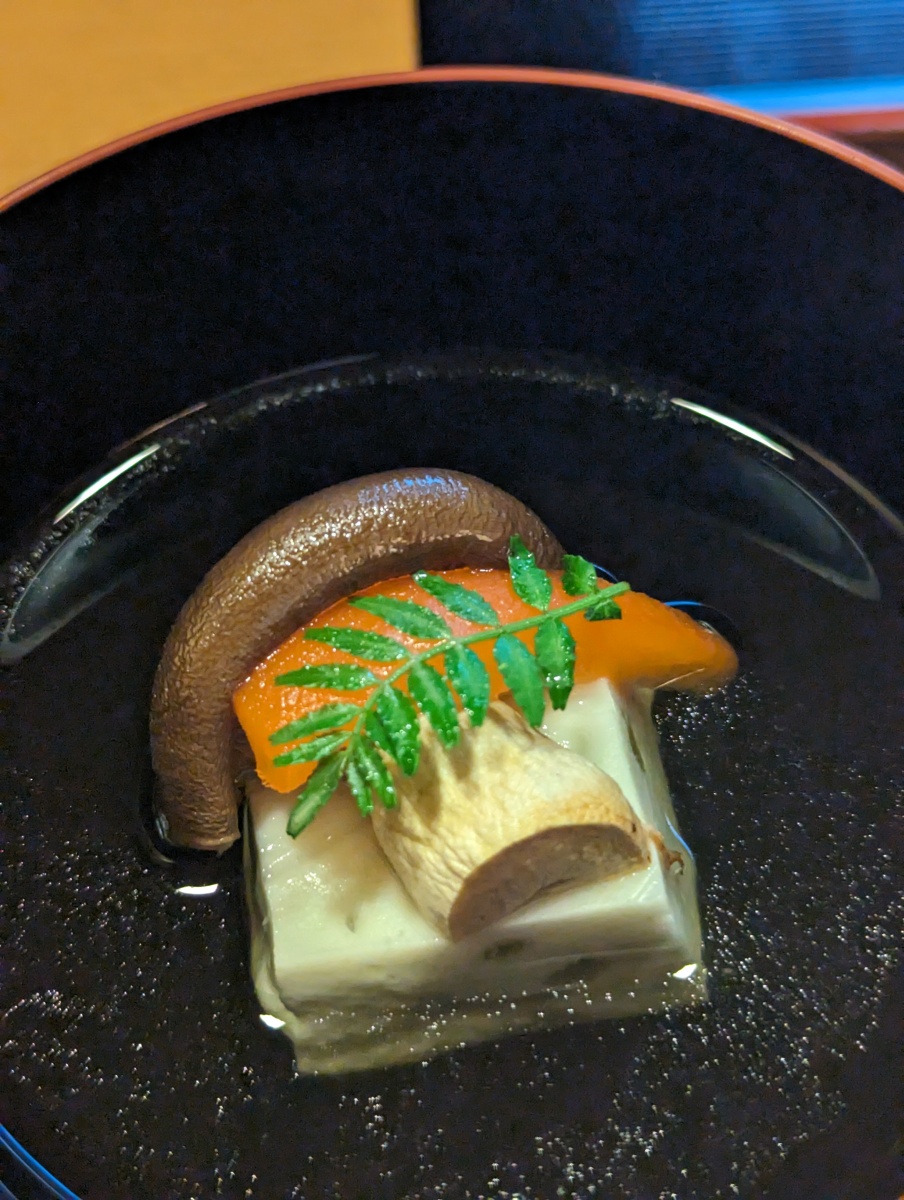

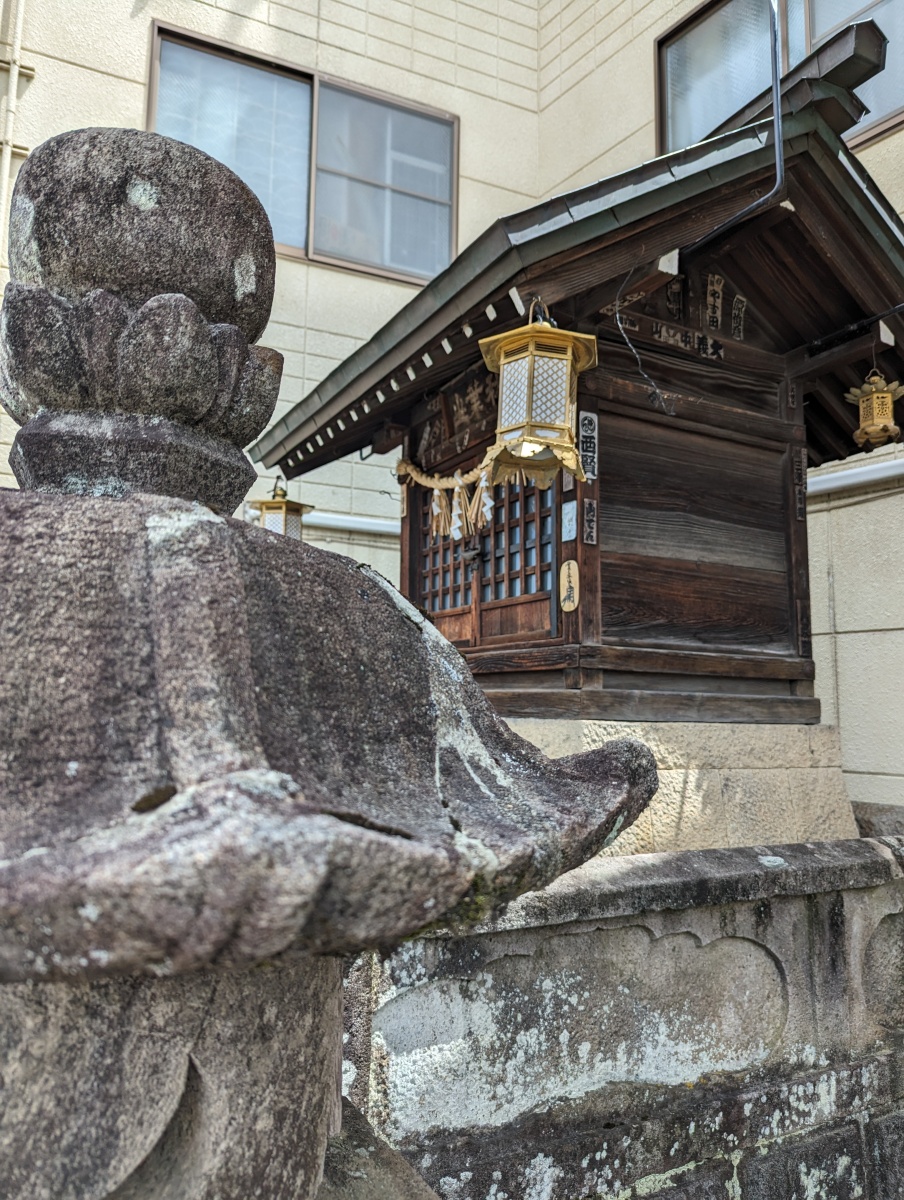

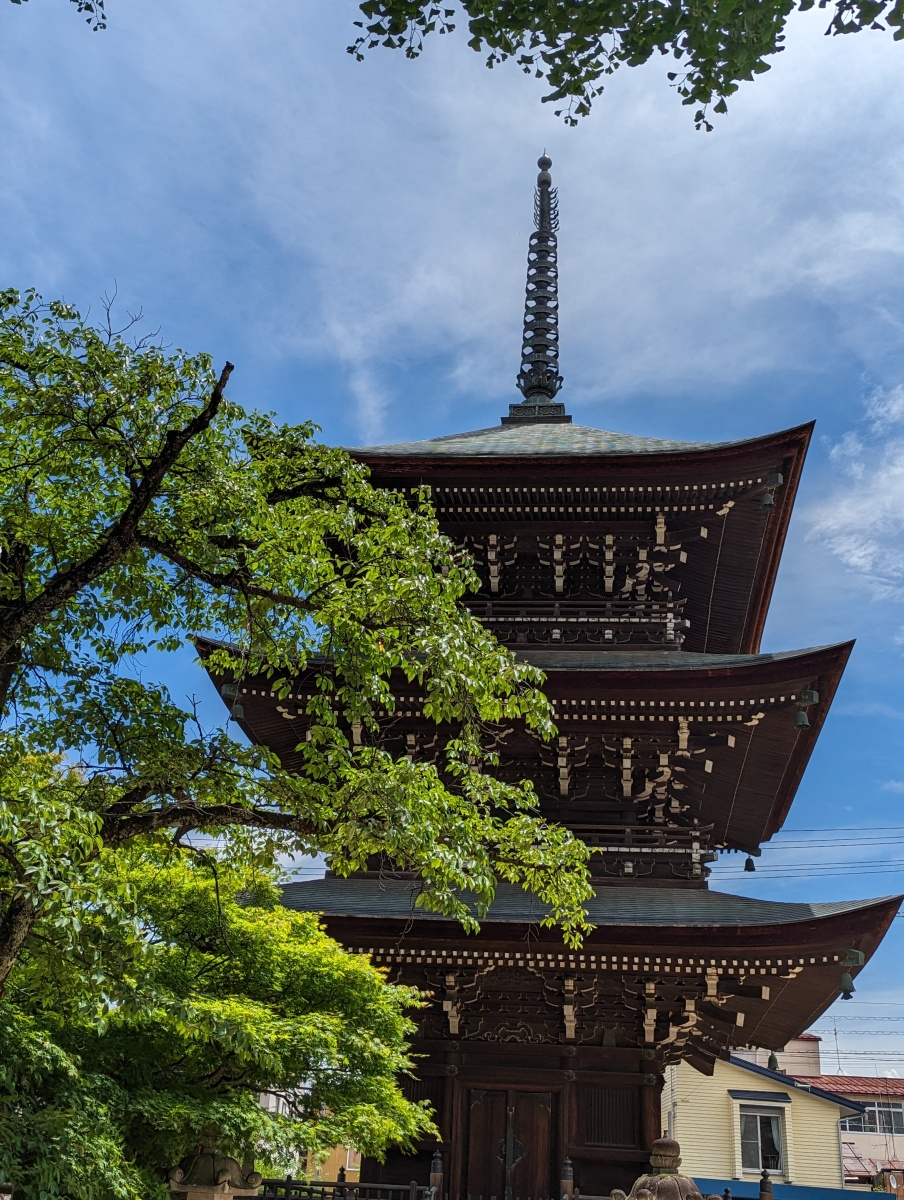
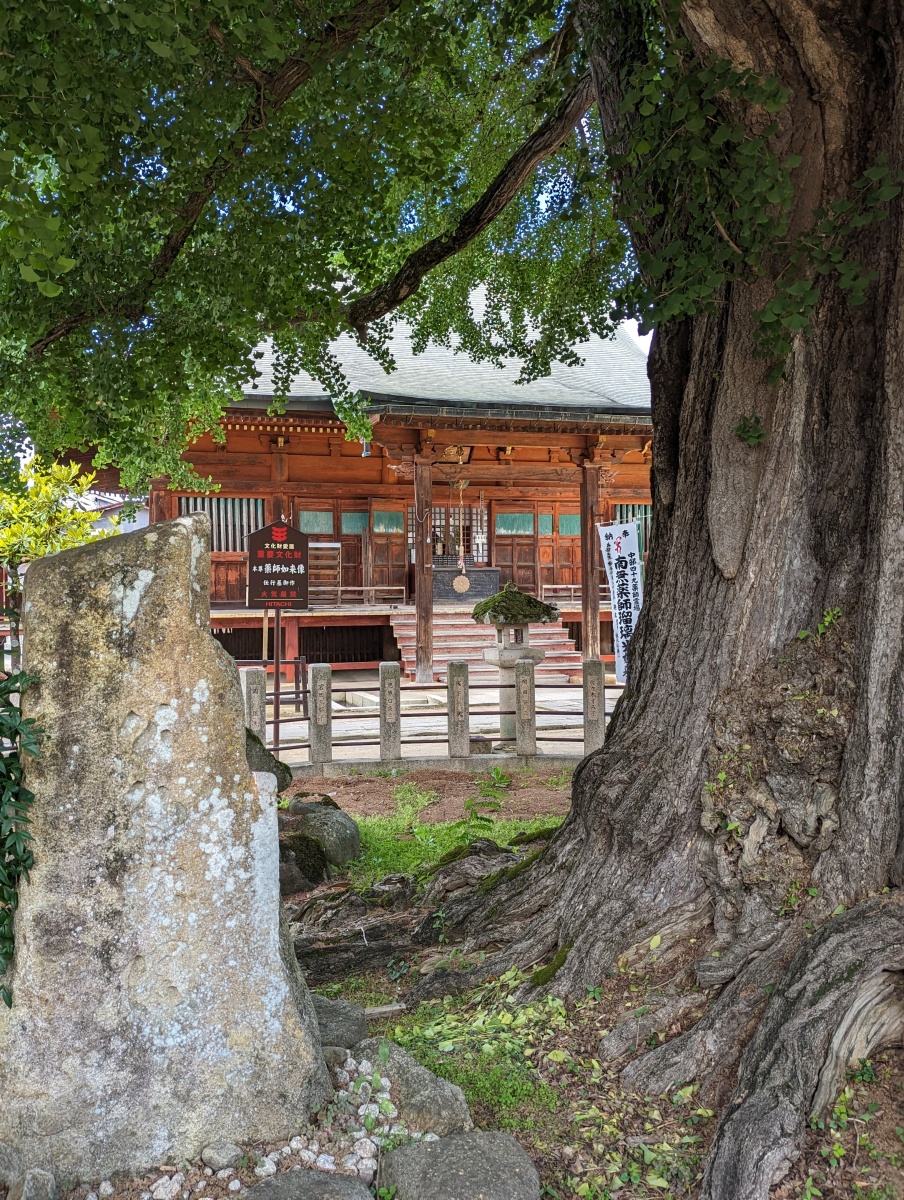
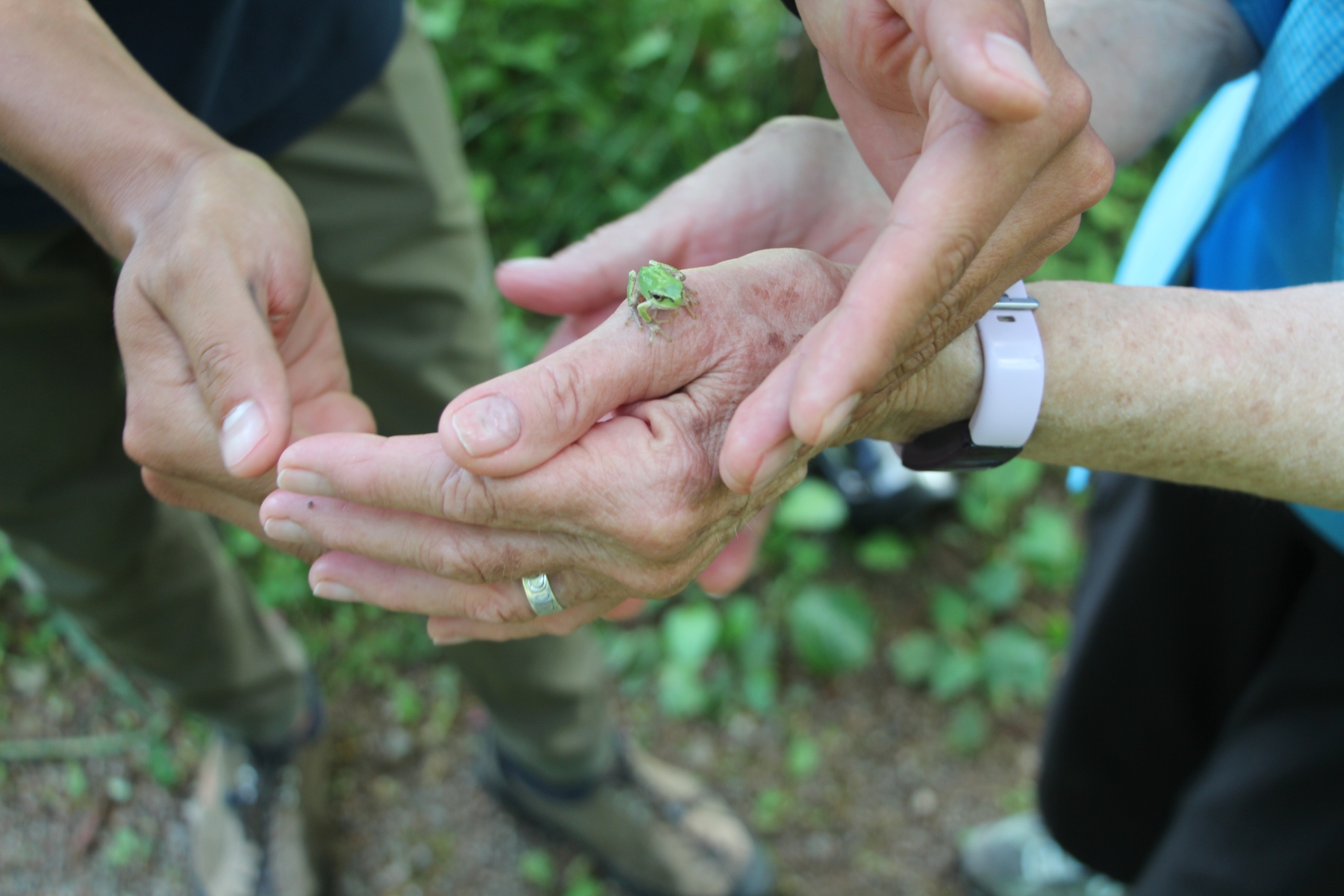
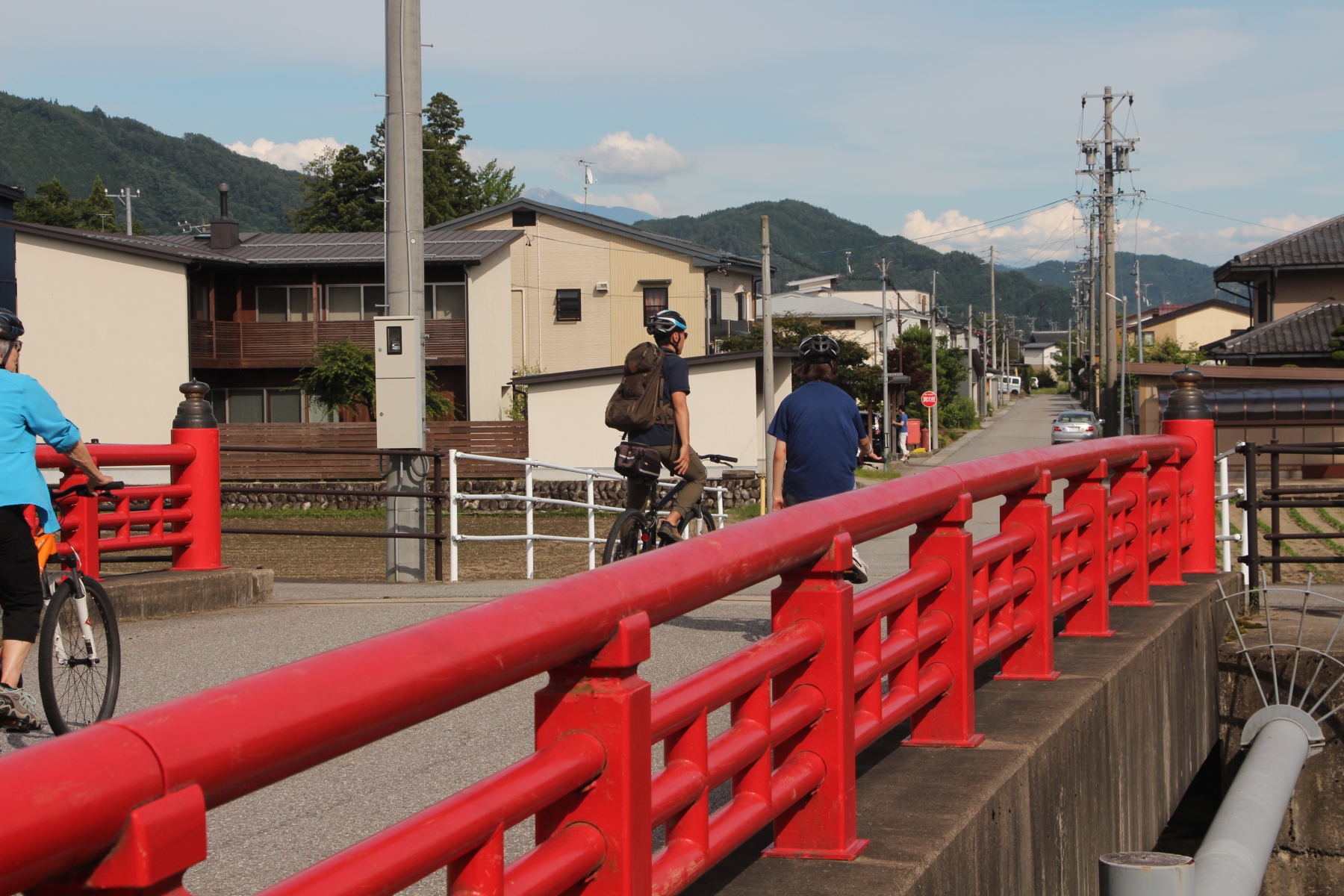


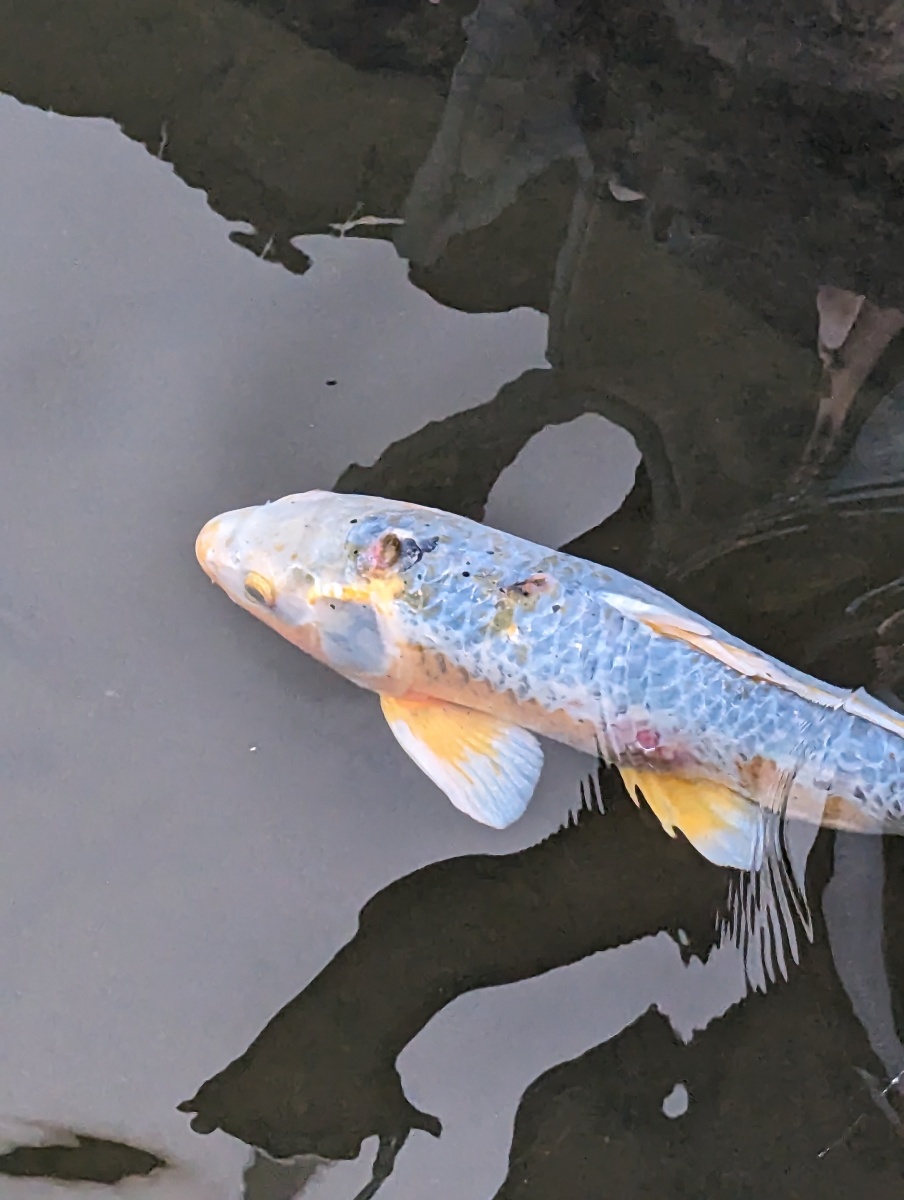
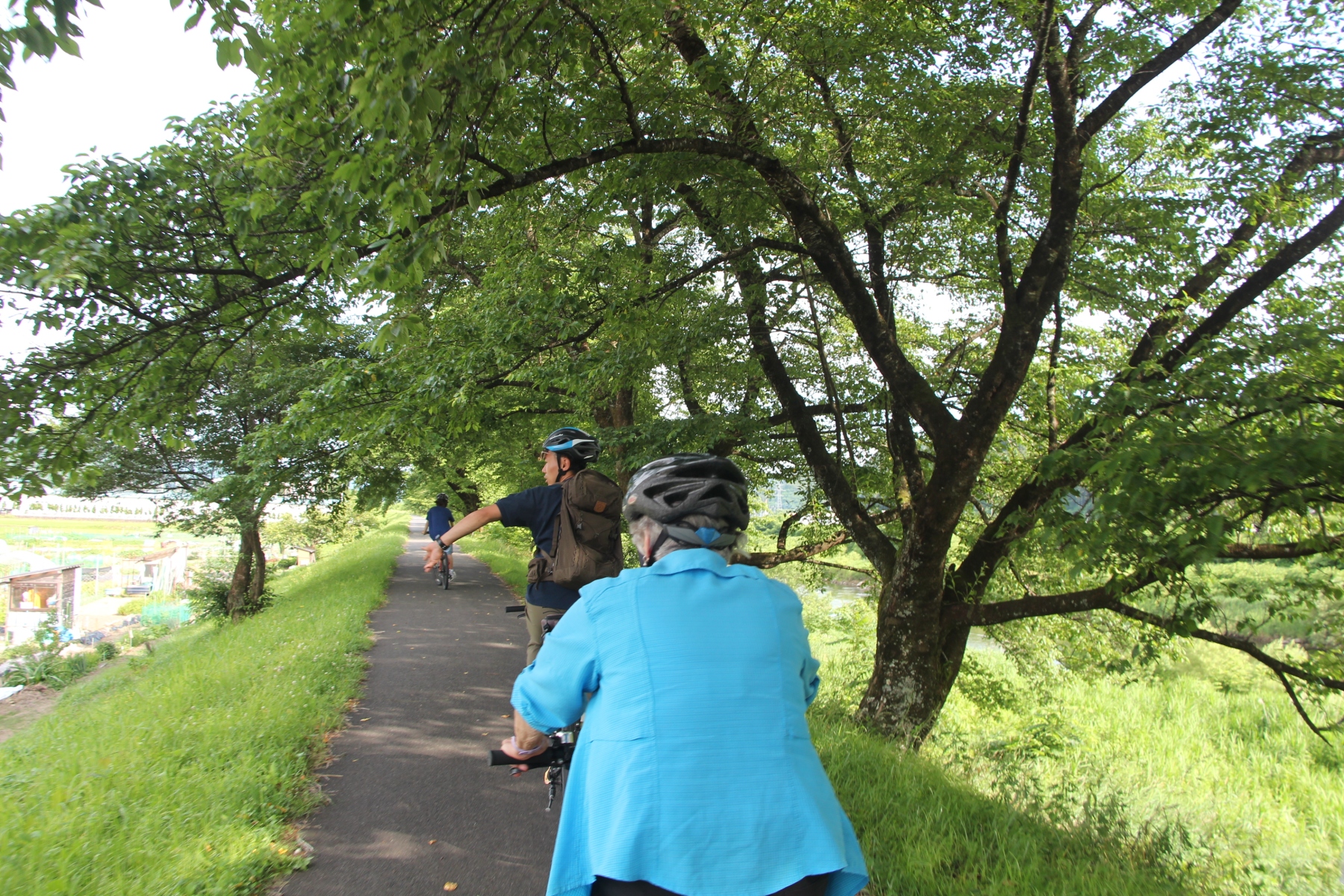
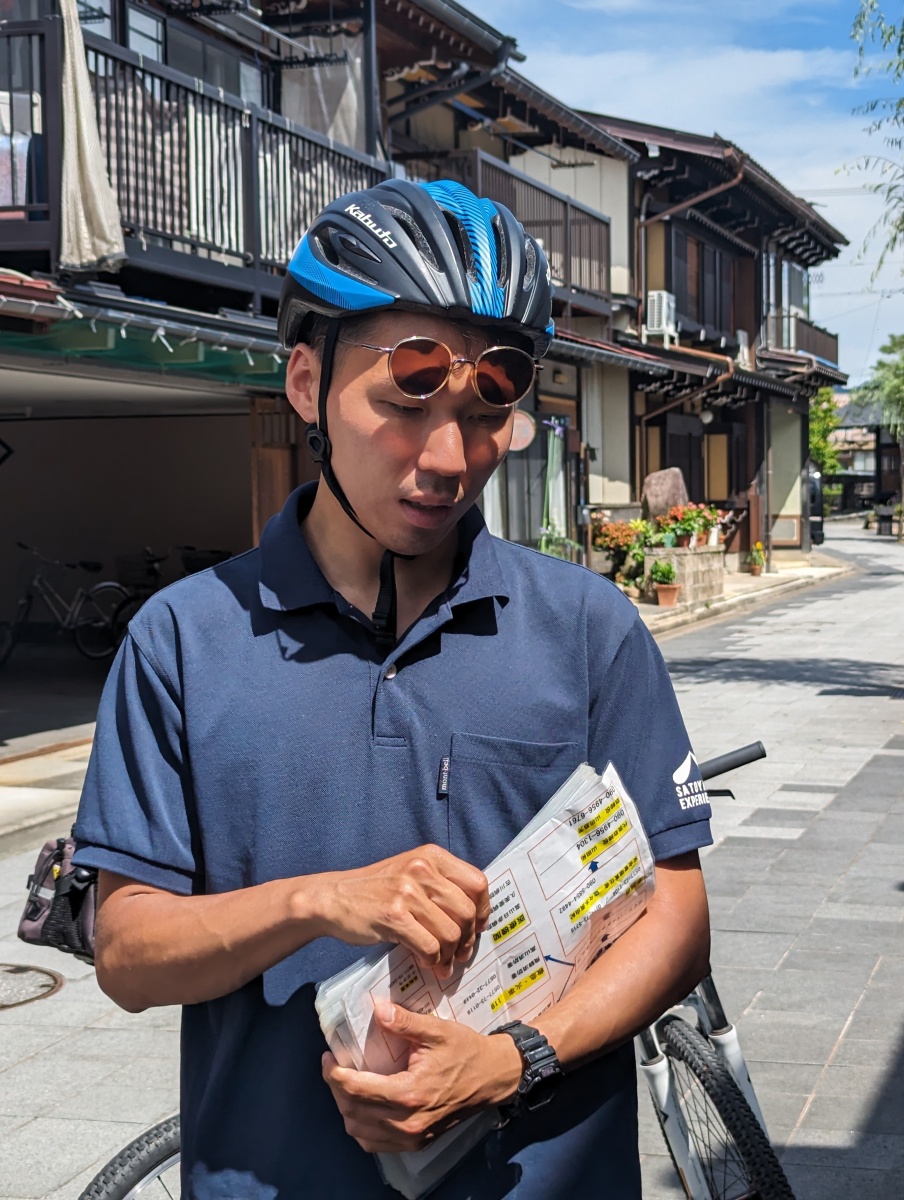
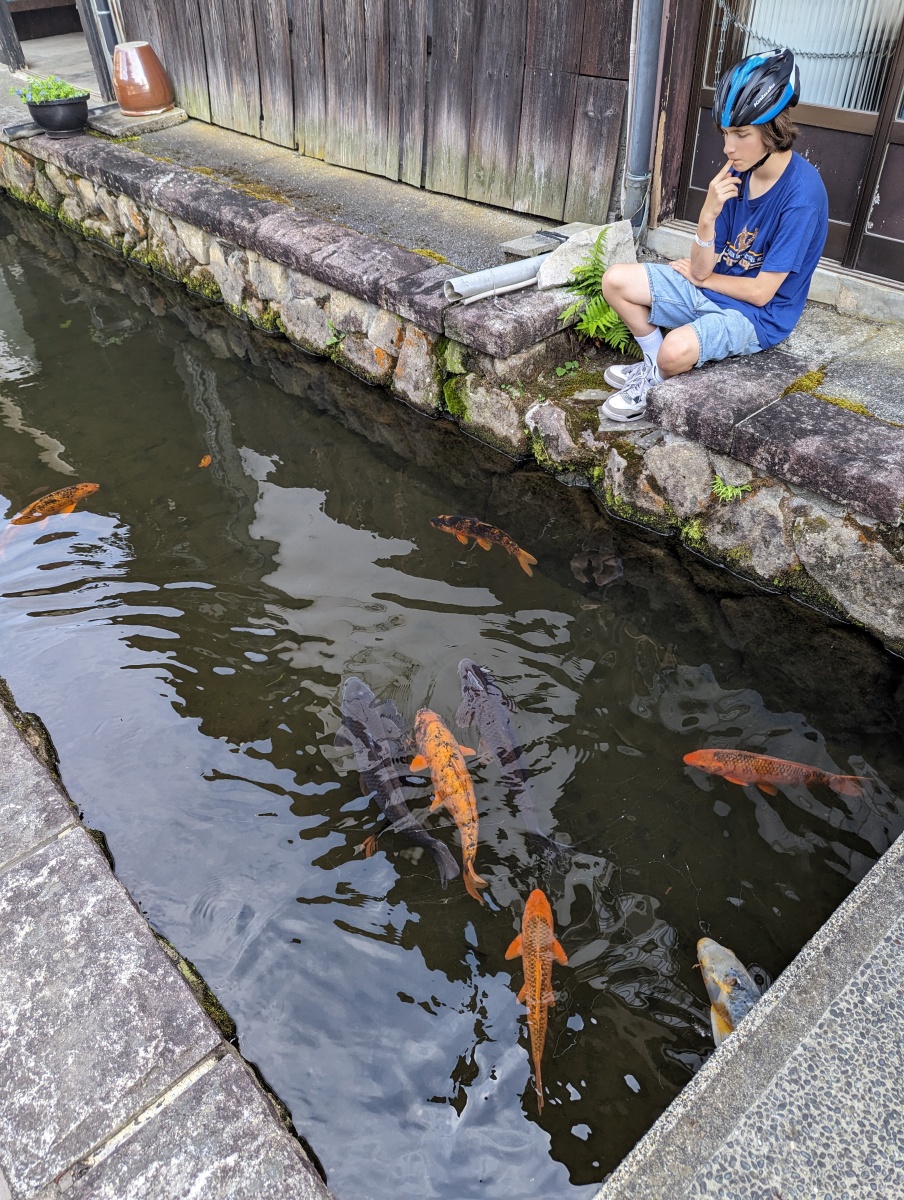

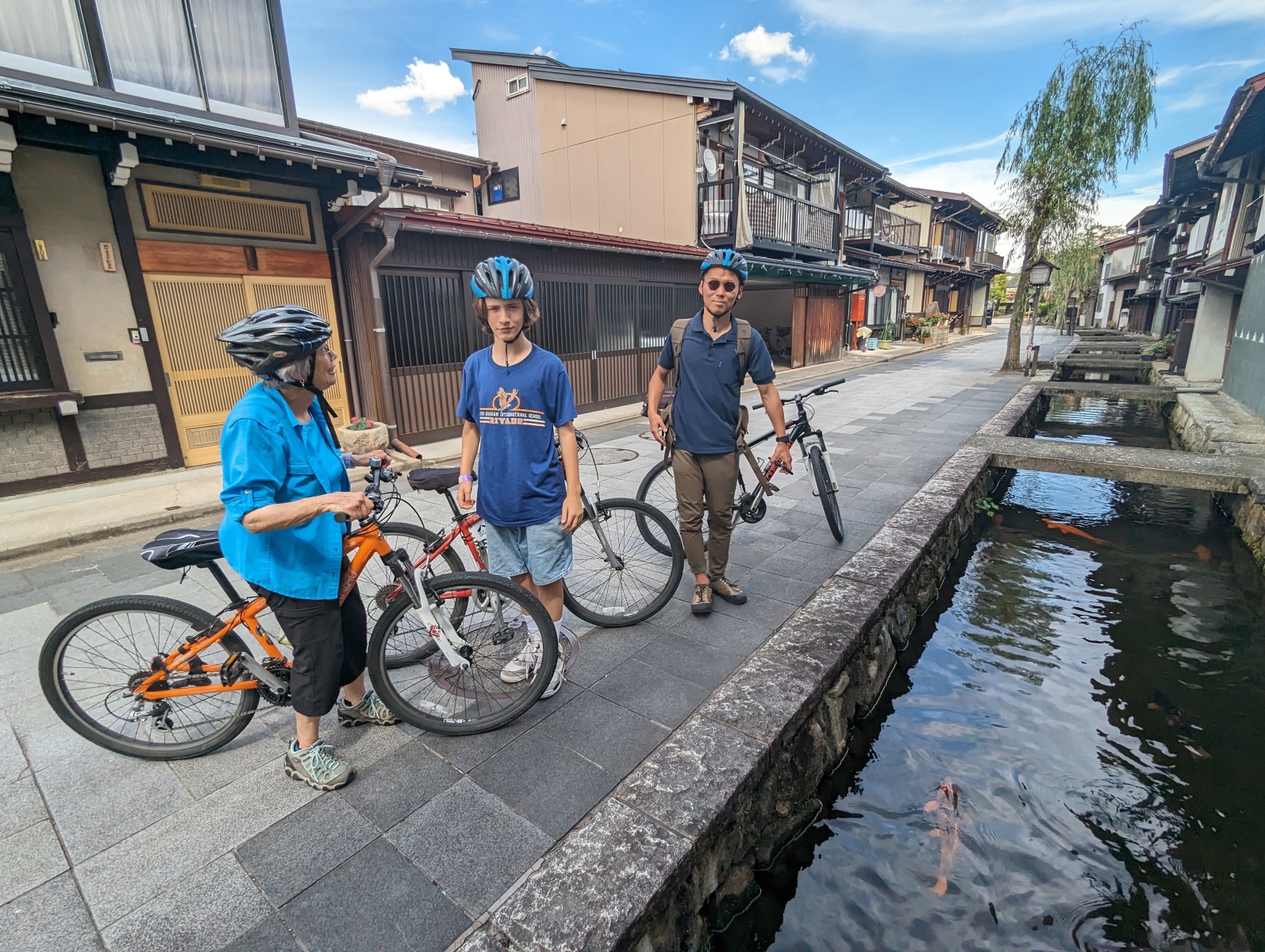


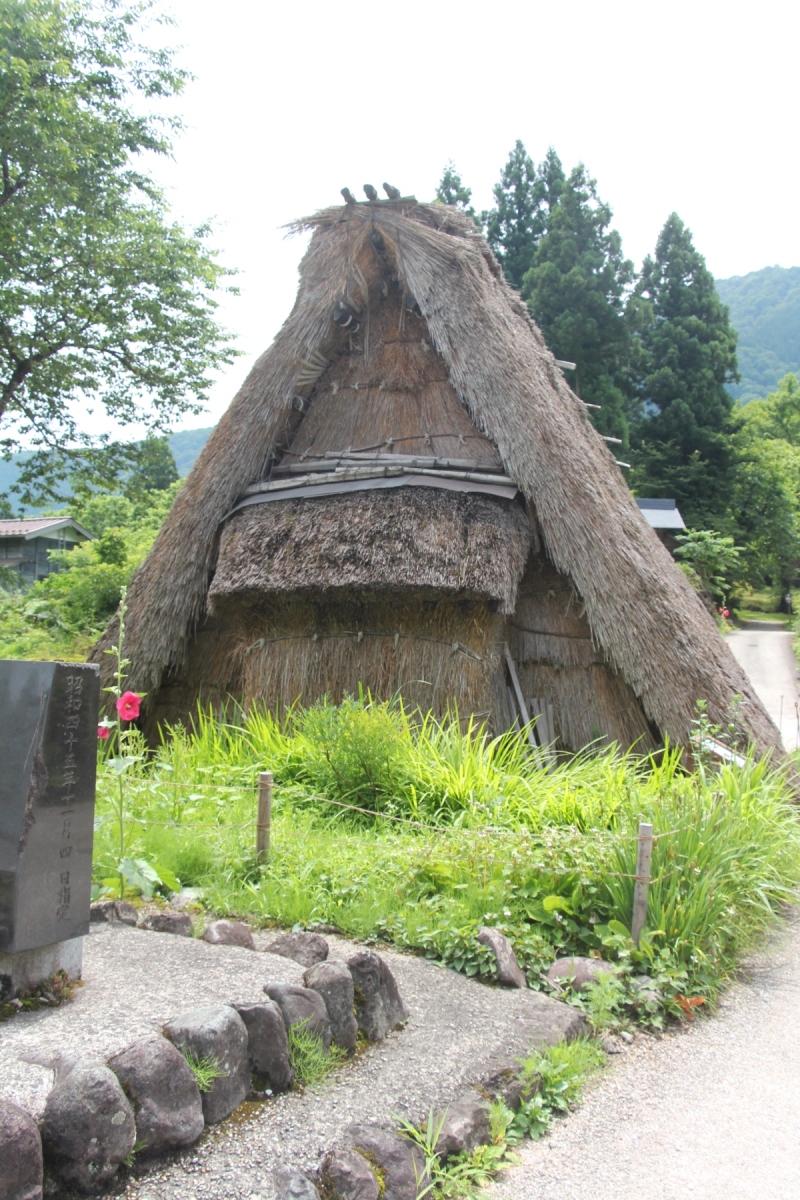
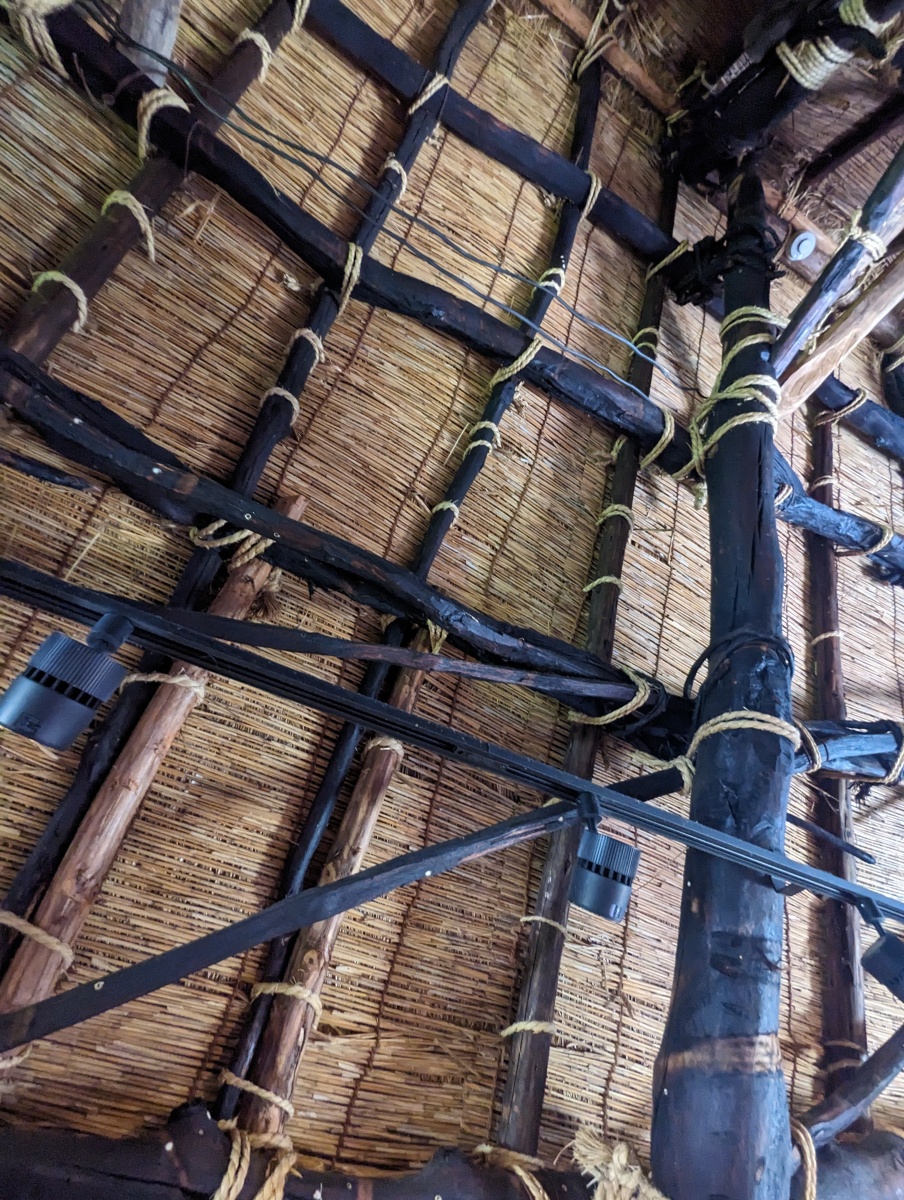
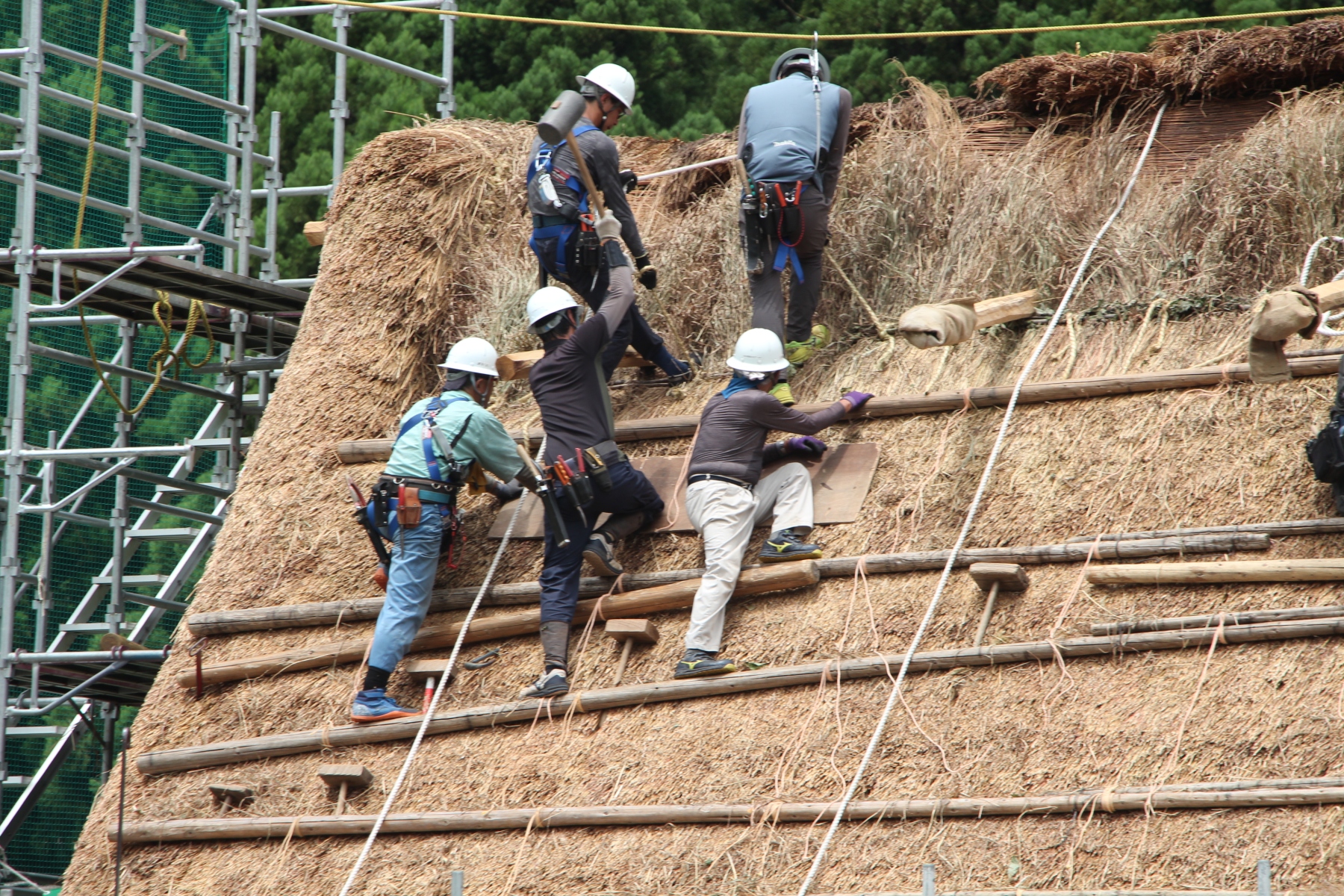


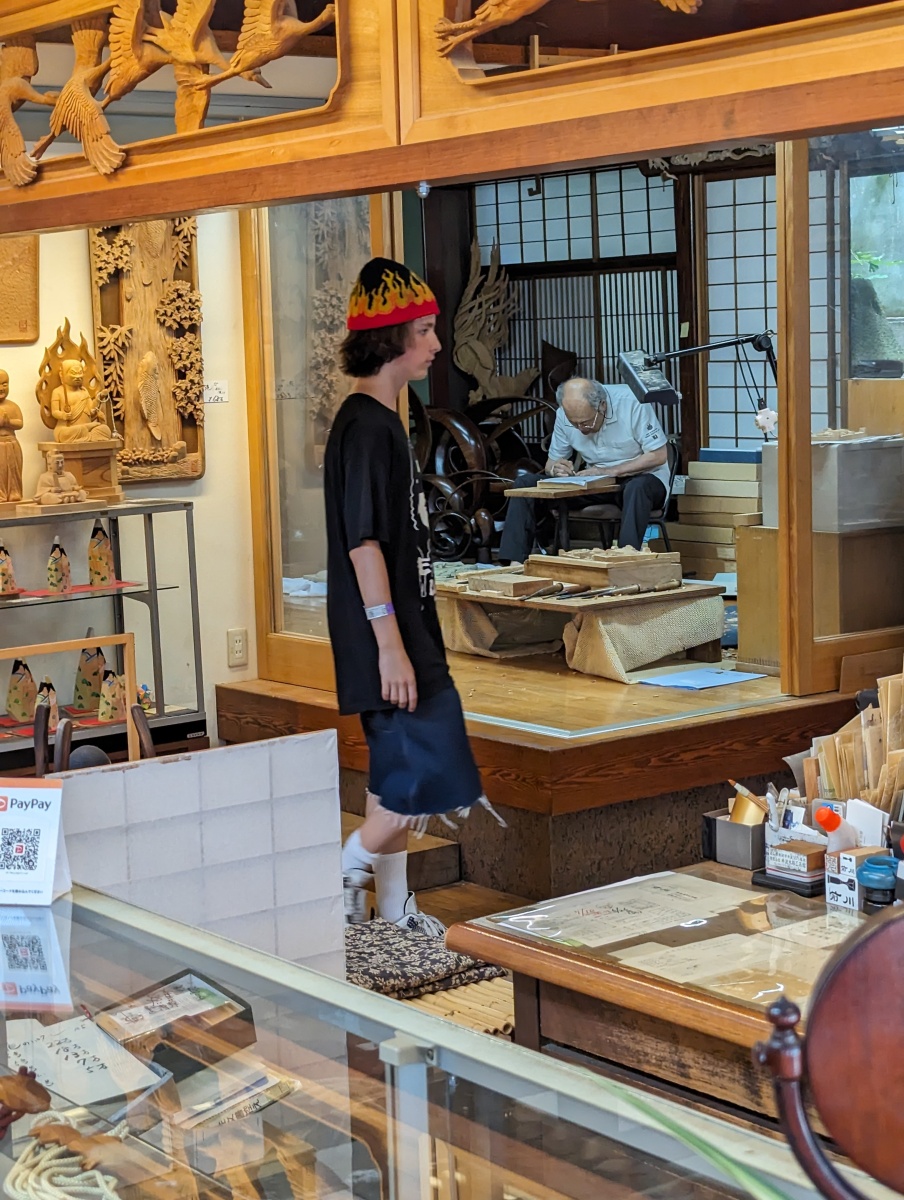

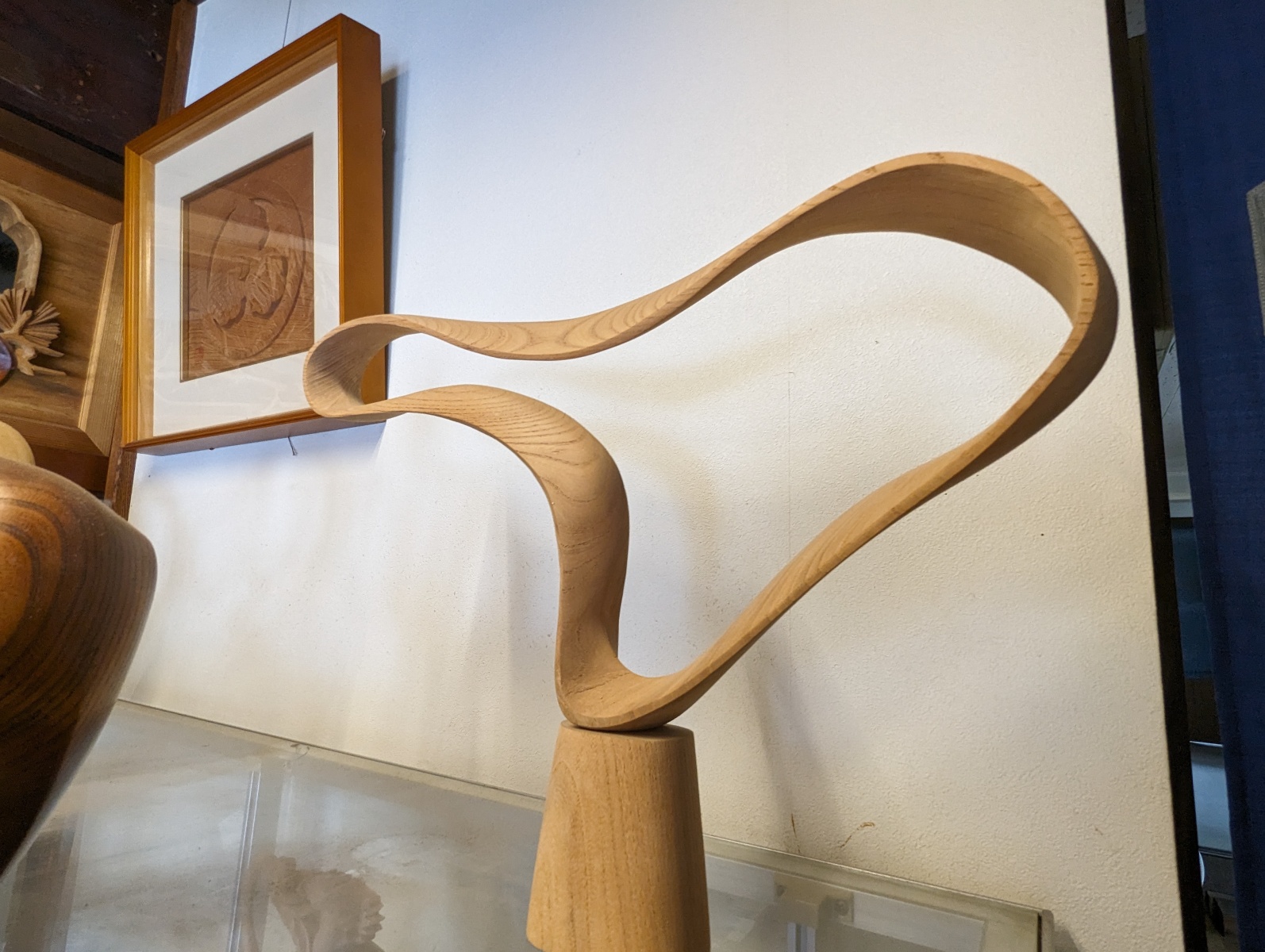

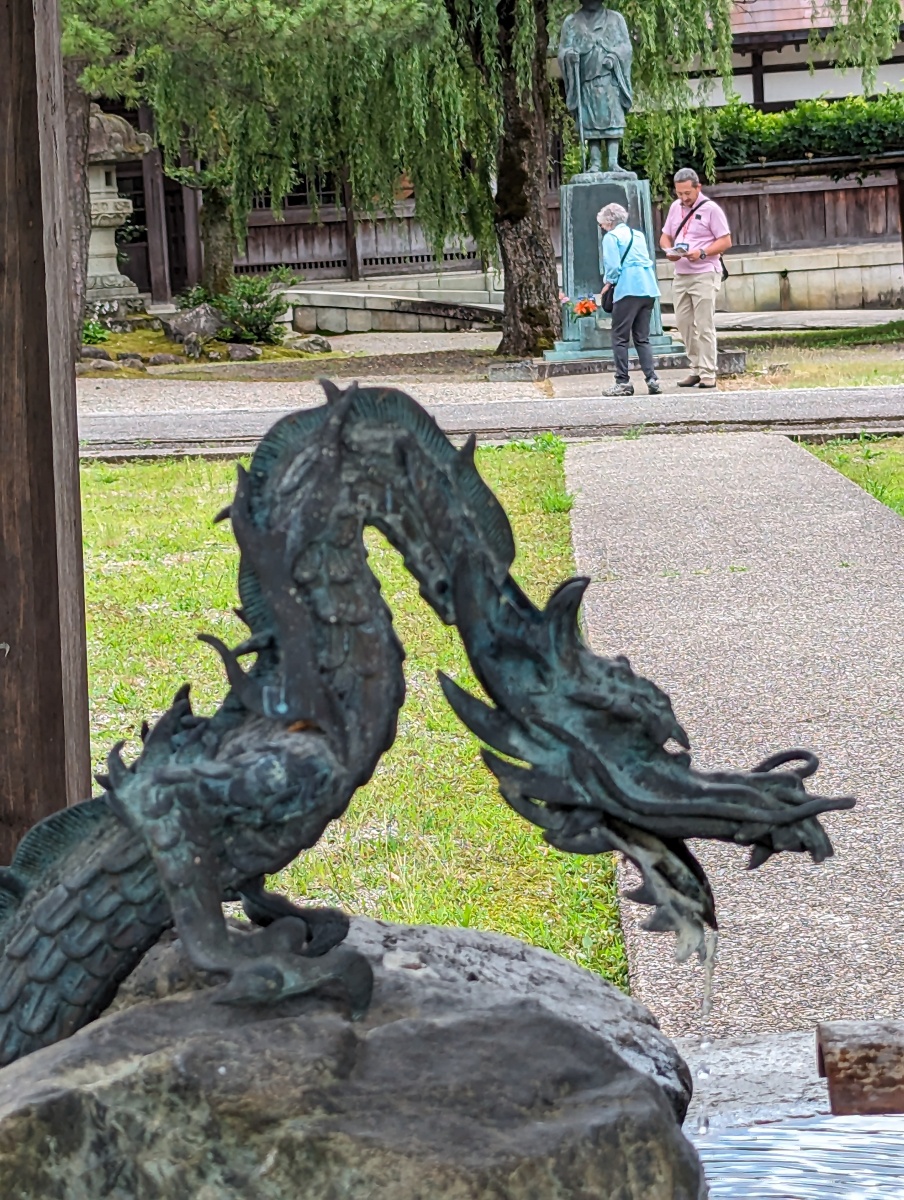
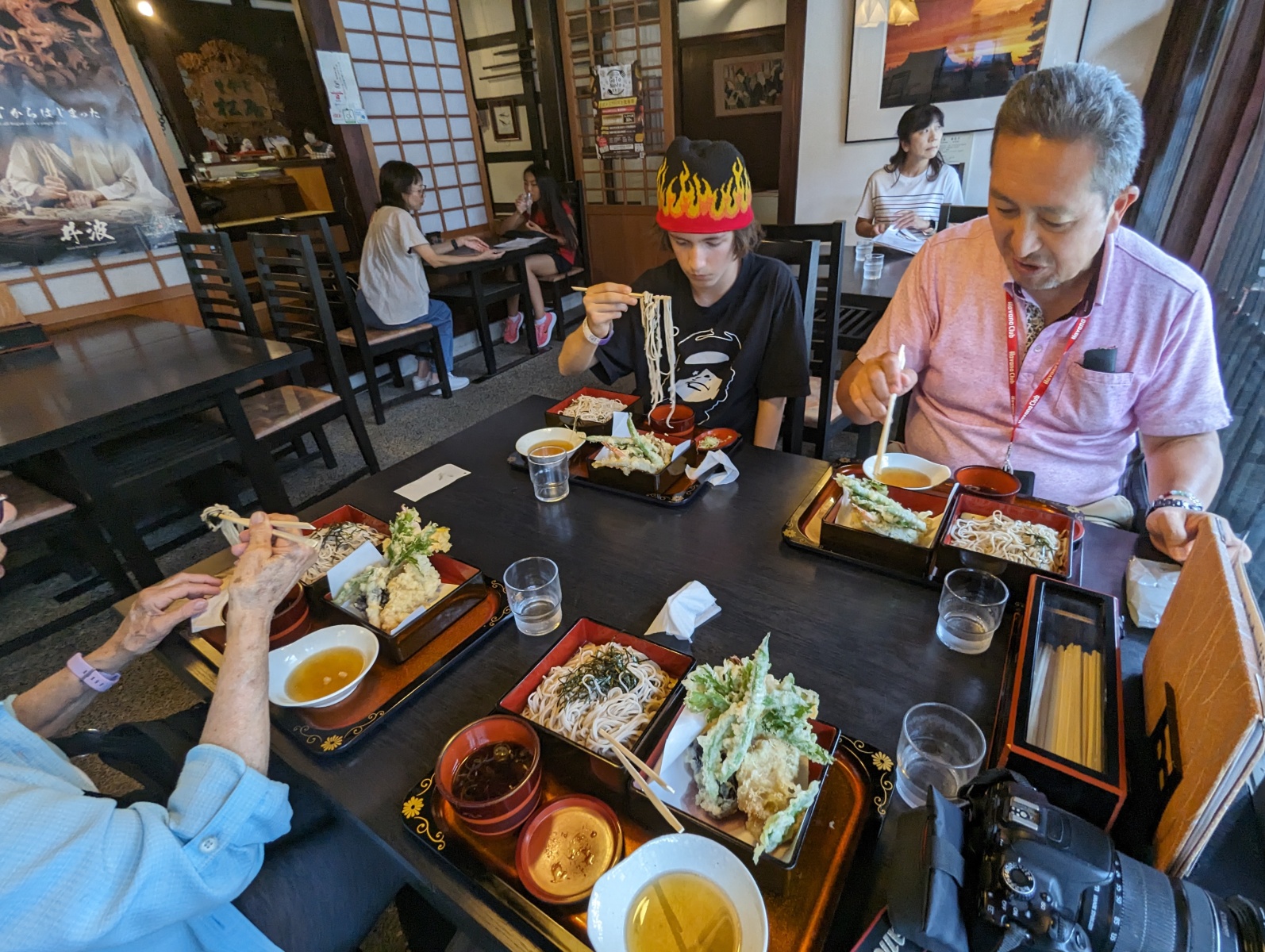
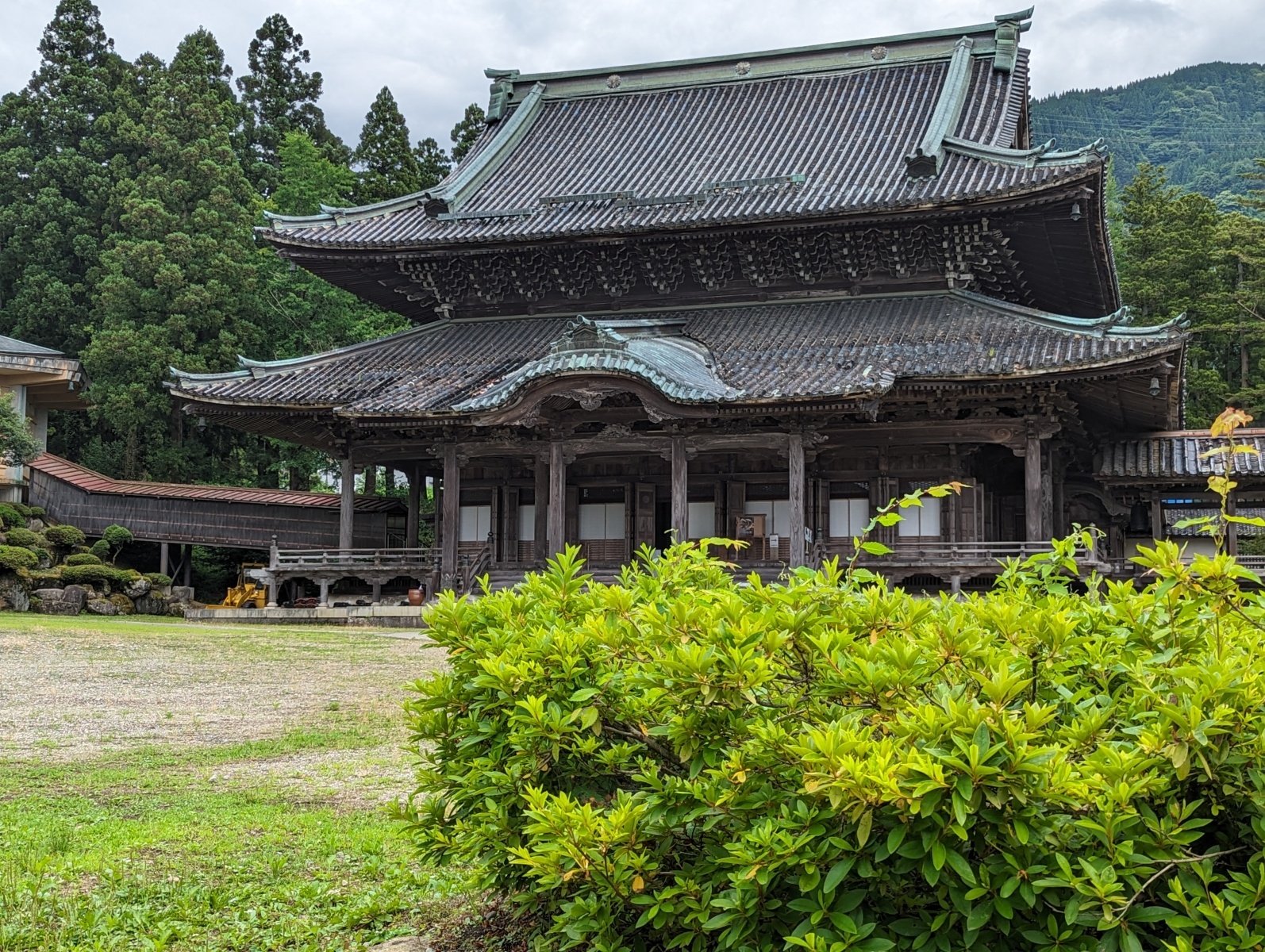


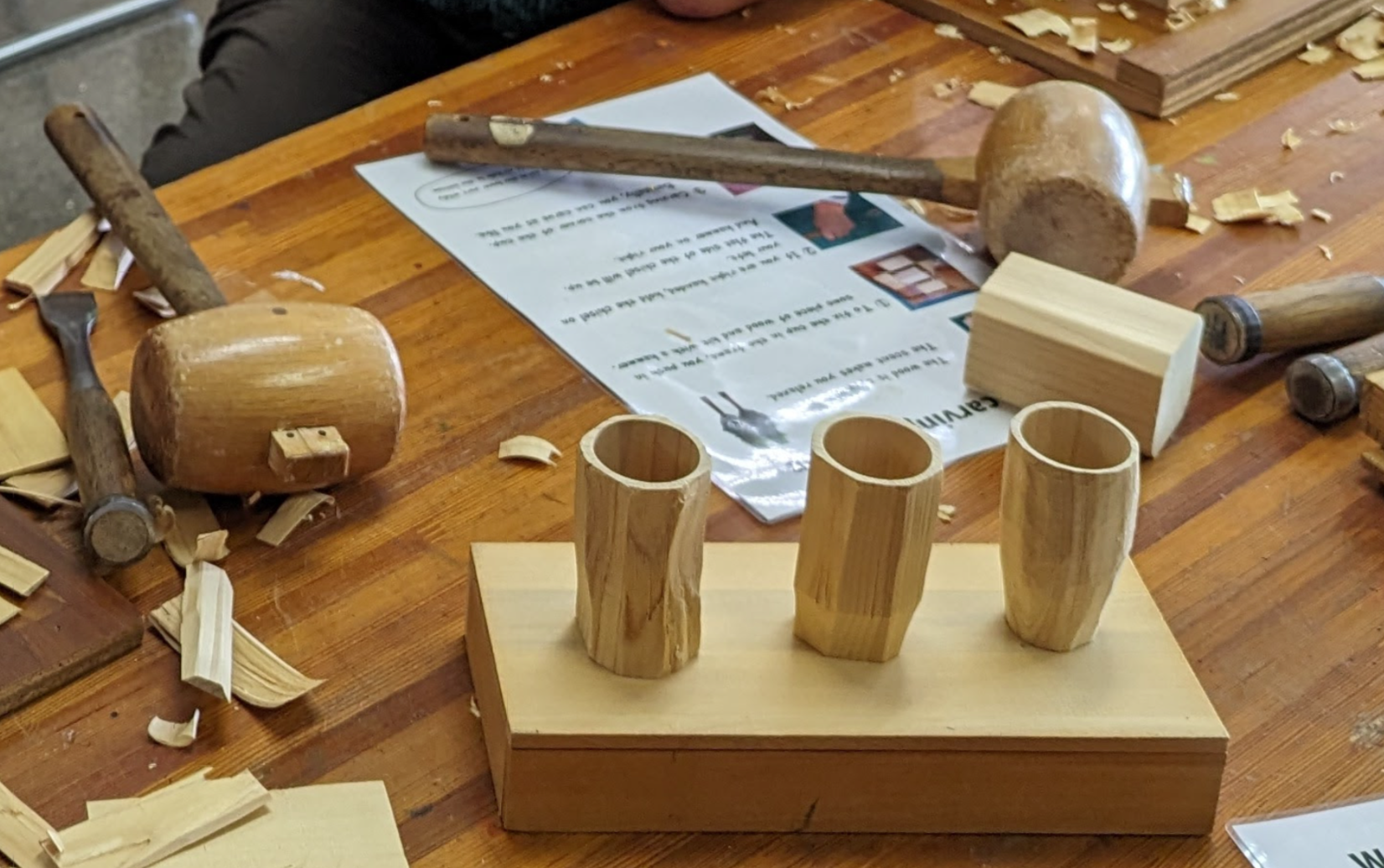

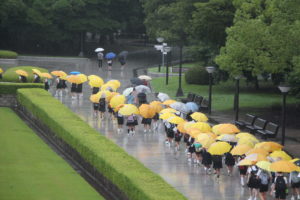
virginia
7 Jul 2023wow what a beautiful trip and photos too. Looks like Tenn got to try everything besides the wine!
va andBob
Julia
7 Jul 2023Country part of trip looks so lovely. Veirs family needs to stop having their hotel rooms destroyed, though!
susan nevin
7 Jul 2023Fantastic, you guys! I especially love the sake cup-carving experience.
Not the fire, though!
Barbara Ro
8 Jul 2023Yes, it takes me back to London when your place was blown up.
What a wonderful trip you are on.
Barbara
8 Jul 2023What a lovely trip. But my mind also flew back to London where your place was blown up.
Heidi
8 Jul 2023Haha, sake for the 13-year-old! That’s the sign of good grandparenting. The biking looks amazing…you two 80-year-olds are intrepid. Such gorgeous photos, such cool experiences! So sorry about the fire, yikes. And 10-mile tunnels??? Oh wow, that’s crazy long. How was it being vegetarian in Japan? That’s one reason I’ve never felt inspired to go…to hard to find food w/out meat or fish sauce. So great that you could do this trip. Bravo!
val
8 Jul 2023Well, the hotel didn’t blow up. Just some smoke, where we were supposed to stay. But sad for the Ryokan people as they work so hard to make the place perfect. Regarding being a vegetarian, I decided when one crosses the international date line or the equator all bets are sort of off. So I tried to hold up my end. It came down to who was going to eat a little dish of a bunch of white noodle looking little beasties each with two little black eyes trying to look at me? My co-travelers demurred, so I got them. Yumm! Not very fishy.